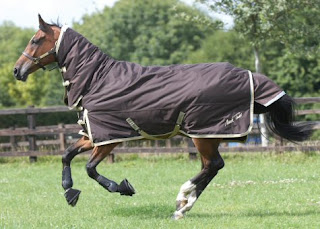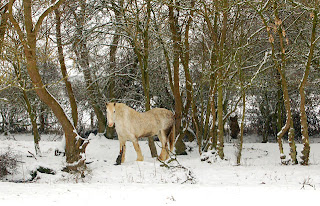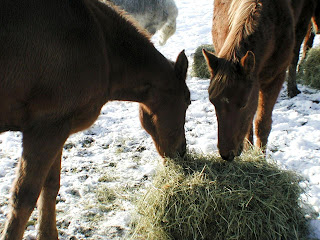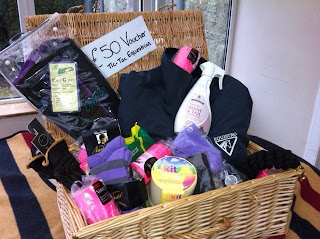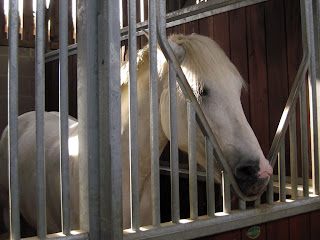There’s a lot more to Christmas day than the presents, but
it’s a good place to start! At Tic Tac Equestrian, we have plenty of gift
solutions for friends, family and horses alike, and fun little twists to make
the careful art of stocking filling less of a burden and more of festive
highlight!
First up, our Junior Grooming Kit Box (£18.99) is the perfect gift for your happy little stable
hands. This sizable grooming kit comes in a nice big plastic carry case and
contains a Junior sweat Scraper, Glitter Rubber Curry Comb, Plastic Curry Comb,
Horse's head Hoof Pick, Body Brush, Dandy Brush, mane comb and a sponge.
Perfect for a new pony owner!
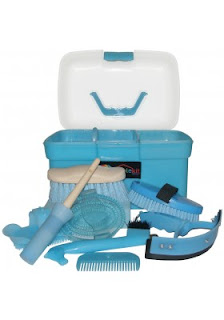 |
| Junior Grooming Kit Box - £18.99 |
The smaller, great value Pony Care Kit (£8.99) is a great little addition the pile under the
Christmas Tree, with a small selection of accessories (including a mane comb,
hoof oil and soaps) to help you keep your favourite pony looking pretty.
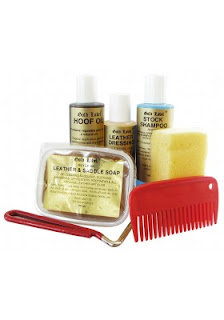 |
| Pony Care Kit - £8.99 |
Our fantastic ChristmasGift Pack (£5.99) is one just for the horses, with lots of lovely treats
and horsey toiletries to keep them satisfied and smelling sweet! There’s apple
treats, mane and tail lotion and tea tree shampoo – if horses could shop at
Boots, this would be top of the list!
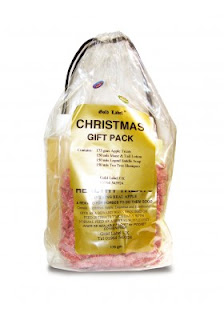 |
| Christmas gift pack - £5.99 |
Another fun little extra is our very own Christmas Stocking for Horses and
Ponies (£5.99), bursting at the seams with healthy treats sure to earn you
plenty of extra kisses over the festive period; just don’t get too tempted to
try them yourself!
And for friends and loved ones we’ve got a great range of
accessories form our good pals at Maccessori
including wallets, bags and bears all made from genuine Harris Tweed. Price
start at £16.99, with some truly great quality items available, so if you fancy
spoiling a fellow horse-crazy secret santa, you won’t be stuck for choice!
We also have a great range of Silly Moo cosmetics including Hand Cream (£4.99) and Lip Balm
(£4.59) or if you can’t decide we also have a nifty little Gift Basket with a
choice selection of top quality products from this fun and friendly company to
help you keep yourself looking radiant when you’re out riding!
 |
| Silly Moo Gift Basket - £8.99 |
So there you go, just a few of the many wonderful gift ideas
available from Tic Tac Equestrian this Christmas. If you’ like more info,
please feel free to give our full product range a proper look over at
tictacequestrian.com.
We look forward to hearing from and hope you have a truly
wonderful Christmas this year!

